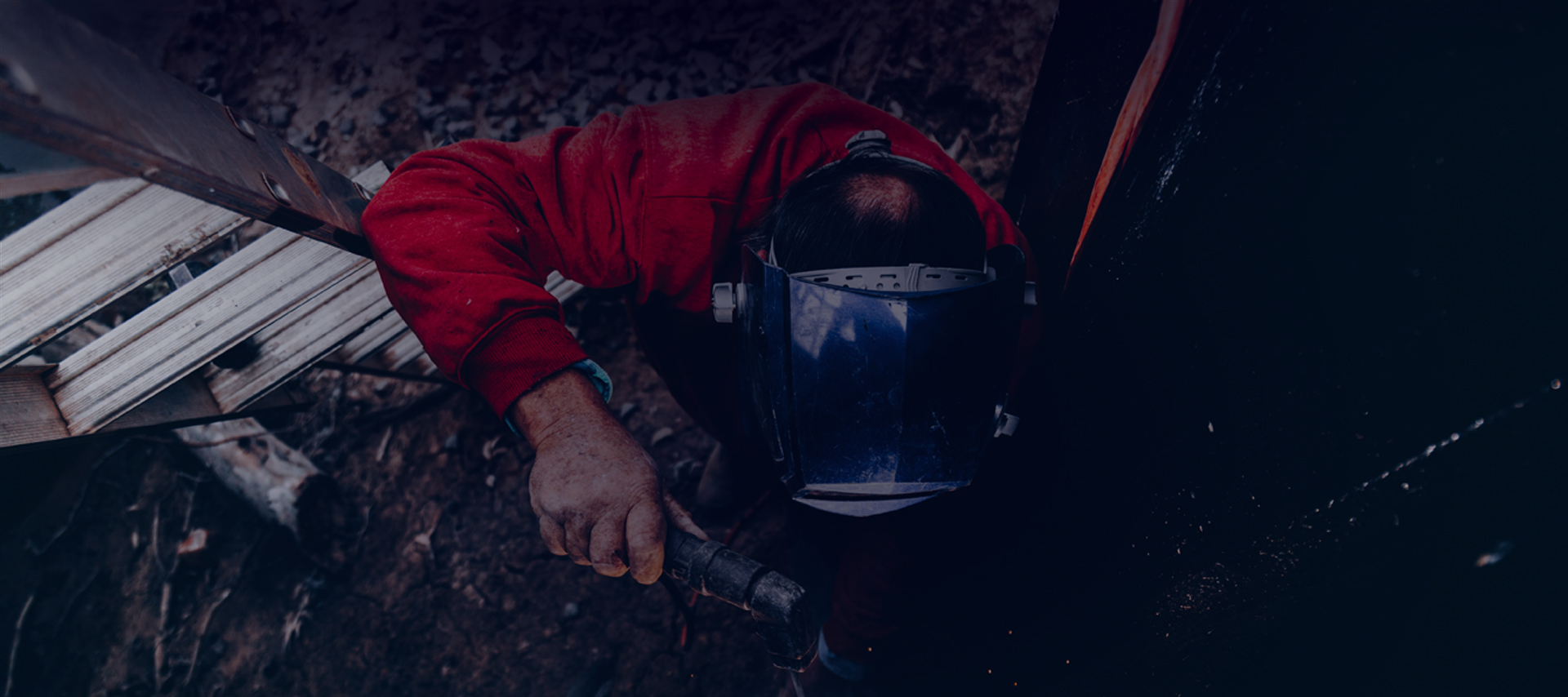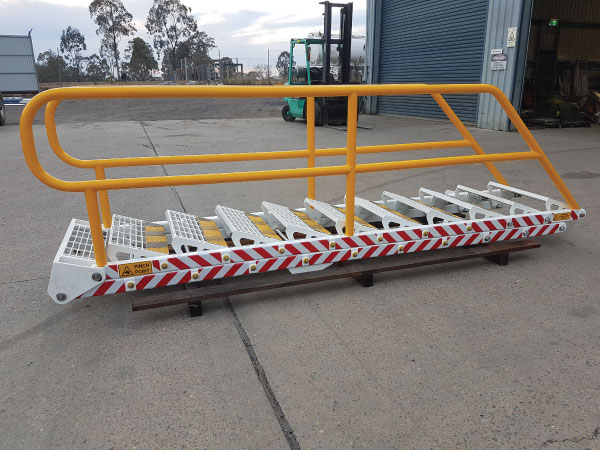Welding and repair welding are an essential process in the fabrication of most structures. When a structure is in need of a repair is must be done properly so that it will have equivalent static strength, ductility, fracture toughness and fatigue strength levels as the base structures. Repair welding, like many other things, can be done in one of two ways, it can be carried out as a logical procedure that ensures the production of a usable and safe component, or it can be done in a more haphazard manner. The latter approach results in poor-quality workmanship that can land all the parties involved in hot water with issues such as failed parts, large warranty claims, dissatisfied customers and in some cases cause serious injury.

Repairs
When a structure requires welding repair, it is important to know what kind of repair needs to be done to ensure that the best possible outcome is acquired. Three common repairs needed when it comes to a welding point in a structure are dimensional repairs, surface defect repairs and internal defect repairs. Each of these repair types focus on specific issues that can arise in a welding job that is either poorly completed or simply just overused. Below we will go over which repair type is best for a specific situation and the basics of what will need to be done in order to ensure the structure is able to reach its full strength and reliability once again.

Dimensional repairs are a type of repair that is required when a weld is too small for the material and joint type. These repairs often involve adding in new materials to increase the weld size and are usually necessary when a welding operation has used insufficient filler metal. Common conditions that will require this type of welding repair are as follows:
Crown height is too low, surfacing or overlay type weld height is too low or fillet weld size is too small.
Surface defect repairs are simply what the name implies. Any defects seen on the surface of a weld job can often extend much deeper into the structure. It is important that these defects are removed, inspected and then repaired. There are a list of common defects and factors that must be considered when performing this type of repair such as:
Longitudinal, transverse or crater cracks, porosity or pores in the weld or even incomplete penetration.
Internal defect repairs can come as a result of surface defect repairs however this is not always the case. While a surface defect can extend its way further down into a structure, an internal defect may not always be present on the surface. This type of issue can be found using radiographic and ultrasonic testing.
Finding a defect in the weld through grinding or routing requires a great level of both skill and patience. Porosity and large areas that show a lack of fusion are generally an easier job to locate and remove however, cracks and small areas of incomplete fusion can be much more difficult to locate and fix.
If you need repairs done then please call K & M Solutions Specialised Welding on 0412 519 268 or contact us via our contact page.
